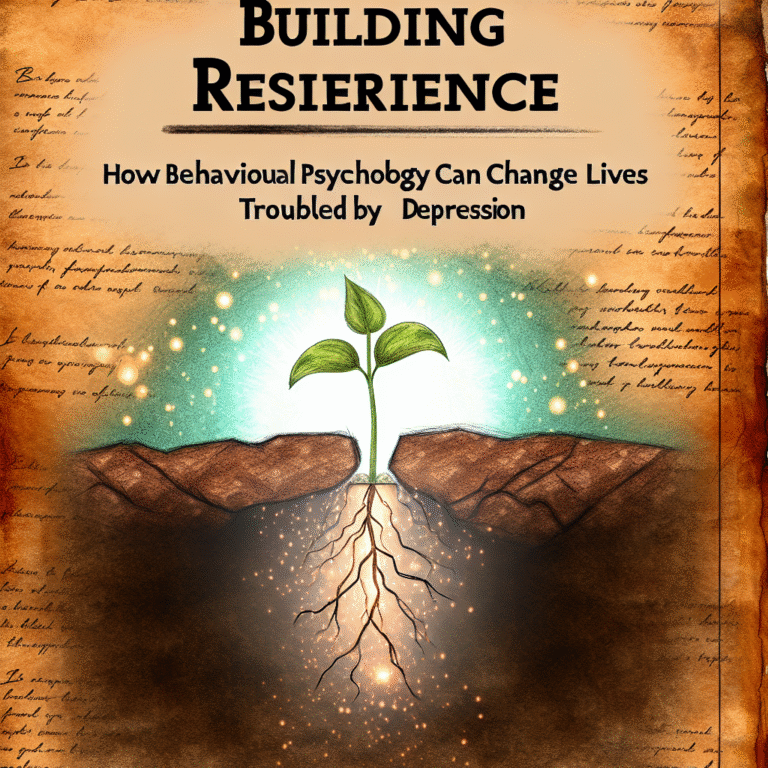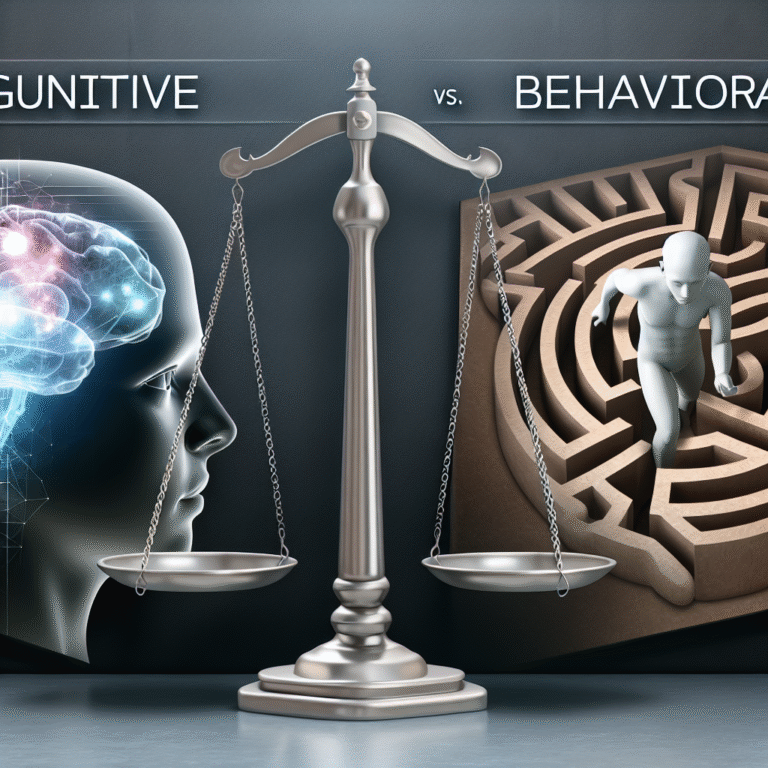
Nudging Consumers: How Behavioral Psychology Influences Buying Patterns for Positive Change
Introduction
In a world where choices bombard consumers at every turn, understanding the psychology behind purchasing decisions has never been more critical. Nudging Consumers: How Behavioral Psychology Influences Buying Patterns delves into the art of shaping decisions without overt coercion. Behavioral psychology not only unveils the intricacies of consumer behavior but also empowers businesses and marketers to create environments that encourage better choices. Picture entering a grocery store where the layout subtly guides you toward healthier food options or a website that curates products based on your preferences without overwhelming you. This article explores the significance of nudging, its psychological foundations, and how it can transform buying patterns for individuals and businesses alike.
The Power of Nudging
Defining Nudging
At its core, nudging refers to the use of subtle prompts to influence decision-making. Originating from Richard Thaler and Cass Sunstein’s book "Nudge: Improving Decisions About Health, Wealth, and Happiness," this term captures the essence of behavioral economics—understanding how people deviate from rational decision-making and structuring choices accordingly. Unlike heavy-handed tactics, nudging seeks to steer consumers while preserving their freedom to choose.
The Psychology Behind Nudging
Understanding Nudging Consumers: How Behavioral Psychology Influences Buying Patterns requires a dive into several psychological principles. Key concepts include:
Cognitive Biases: Consumers often rely on mental shortcuts or heuristics, which can lead to irrational decisions. For instance, the anchoring effect means people base their judgments on the first piece of information they encounter.
Loss Aversion: This principle states that the pain of losing is psychologically more significant than the pleasure of gaining. Marketers leverage this by framing messages that highlight what a consumer stands to lose rather than gain.
- Social Proof: Individuals often look to others when making decisions. This can be seen in user reviews, testimonials, or even how many people are currently viewing an item online.
Case Study: The Starbucks Experience
Starbucks is a prime example of using nudges effectively. The coffee giant presents its menu in a manner that emphasizes seasonal specials and high-margin items. By highlighting these products and making them visually appealing, Starbucks nudges customers to opt for pricier items they may not have initially considered.
Real-World Applications of Nudging
Healthier Eating Through Strategic Layout
One of the most famous applications of nudging is in food retail. Supermarkets often arrange healthier foods at eye level while placing junk food on higher or lower shelves. A study by the University of California revealed that a store’s layout significantly influences purchasing patterns. When healthier options are more accessible, consumers are more likely to buy them, subtly promoting better eating habits.
Financial Decision-Making
Nudging also plays a crucial role in personal finance. For example, companies like Acorns automate saving by rounding up purchases to the nearest dollar and investing the difference. This nudge not only simplifies saving but also builds positive financial habits with minimal effort from consumers.
How Marketers Implement Nudging Tactics
The Power of Defaults
Defaults are a powerful tool in nudging consumers. In a study published in the journal Nature, researchers found that when organ donation defaults were set to "opt-out" rather than "opt-in," donation rates skyrocketed. Similarly, companies can design enrollment processes for services like subscriptions or memberships to have a default option that favors a desirable outcome.
Scarcity and Urgency
Creating a sense of urgency or scarcity can influence purchasing decisions significantly. Phrases like “limited time only” or “only a few items left” can induce fear of missing out (FOMO), prompting customers to act quickly. This tactic is used extensively in the e-commerce industry, as illustrated by websites displaying countdown timers for special deals.
| Tactic | Description | Example |
|---|---|---|
| Defaults | Pre-selected options that favor desired behavior | "Yes, I want to subscribe" as the default option in a newsletter sign-up |
| Scarcity | Inducing urgency through limited availability | "Only 2 items left in stock!" |
| Social Proof | Highlighting popularity to encourage purchases | "Join 1,000+ happy customers!" |
The Ethical Considerations of Nudging
While nudging can lead to positive consumer outcomes, ethical concerns must be addressed. Marketers and businesses should ensure that their nudges promote well-being and informed decision-making rather than manipulating consumers for profit. Transparency is key—consumers should be aware of nudges and understand their consequences.
Conclusion
Nudging Consumers: How Behavioral Psychology Influences Buying Patterns is not only a deep dive into consumer behavior but also a powerful tool for fostering positive change. By leveraging psychological principles, businesses can design environments that encourage better decision-making and enhance the customer experience. The balance between influence and autonomy is delicate, and marketers must navigate this landscape thoughtfully.
The insights gleaned from behavioral psychology remind us of the power of choice. As consumers, we can become more aware of the nudges we face daily, allowing us to make choices that align with our values and goals. In business, understanding these principles can enhance strategies, leading to more ethical and effective marketing practices.
FAQs
1. What is nudging in behavioral psychology?
Nudging is the practice of subtly guiding individuals towards making certain decisions while preserving their freedom to choose. It leverages insights from behavioral psychology to encourage better choices without compelling them.
2. How does nudging influence consumer behavior?
Nudging influences consumer behavior by appealing to cognitive biases, emotions, and social dynamics. For instance, using defaults, creating urgency, or showcasing social proof can effectively steer purchasing decisions.
3. Are nudging techniques ethical?
While nudging can be ethical, businesses must prioritize transparency and consumer well-being. When applied responsibly, nudging can promote positive behavior change without manipulation.
4. Can nudging be applied in digital marketing?
Yes, nudging is widely used in digital marketing through tactics like email opt-ins, personalized recommendations, and website design that guides users towards desired actions.
5. How can I recognize nudges in my daily life as a consumer?
Be aware of marketing tactics such as product placement, limited-time offers, and default options when shopping online or in stores. Understanding these nudges can help you make more informed decisions.
In conclusion, Nudging Consumers: How Behavioral Psychology Influences Buying Patterns offers valuable insights that can enhance both consumer awareness and business practices. By understanding the interplay between choice architecture and consumer decisions, we can create environments that foster better choices for everyone.















